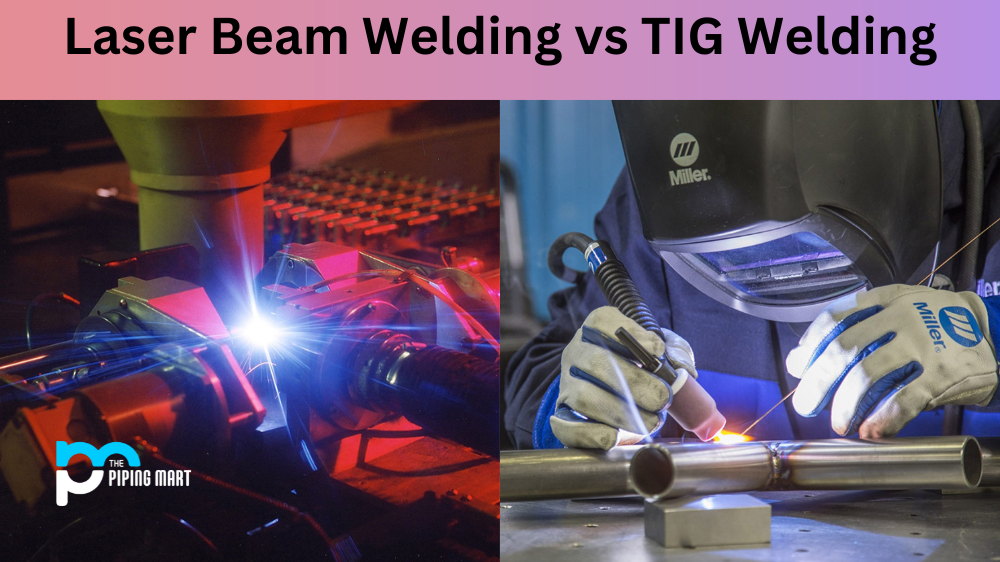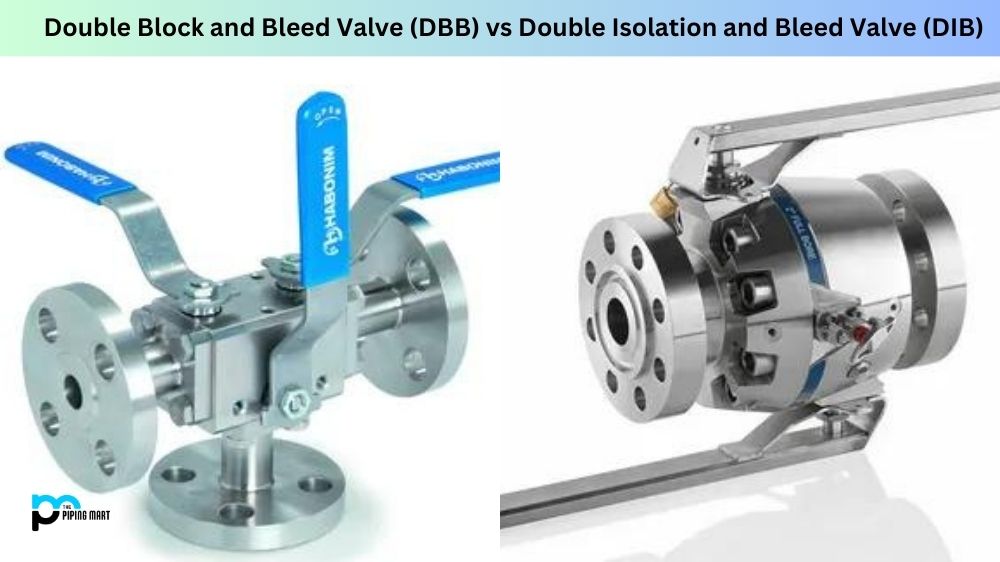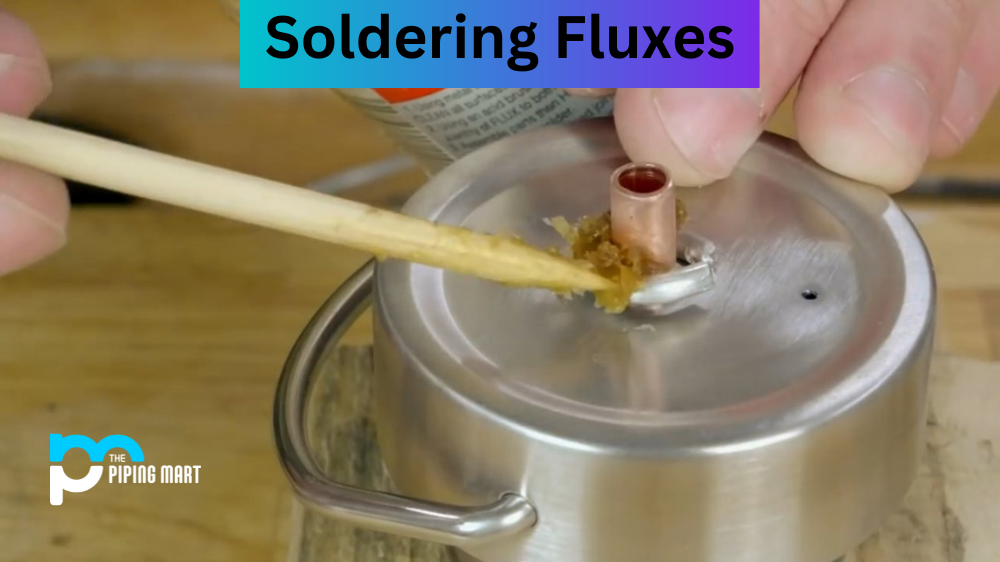When it comes to welding, there are many different types of methods that can be used. Two of the most popular are Laser Beam Welding (LBW) and TIG (Gas Tungsten Arc Welding). Both have their own advantages and disadvantages, so let’s take a look at how they compare.
Difference Between Laser Beam Welding and TIG Welding
LBW is considered to be one of the most precise welding methods available. It is primarily used to join thin sections of metal together with a high degree of accuracy. This makes it ideal for delicate projects such as creating medical implants or joining precision parts in the aerospace industry. On the other hand, TIG welding is more versatile than LBW and can be used on thicker sections of metal as well as thinner ones. It also offers greater control over heat input, allowing for better penetration into thicker metals. In addition, TIG has a quicker setup time than LBW and does not require any additional shielding gases or fluxes, resulting in lower costs overall.
Efficiency & Cost
When it comes to efficiency and cost, LBW is slightly more expensive than TIG welding but is also much faster due to its ability to weld thin sheets in one pass. This means that you can complete jobs much quicker with LBW while still maintaining a high degree of accuracy. On the other hand, TIG welding requires multiple passes depending on the thickness of the material being welded, which increases both time and cost. However, because there are no additional gases or fluxes required for TIG welding, the overall cost may still be lower when compared to LBW, depending on the job size and complexity.
- Laser beam welding is a type of welding that uses a laser to create a weld.
- TIG welding is a type of welding that uses an electric arc to create a weld.
- Laser beam welding is faster than TIG welding.
- Laser beam welding can be used to weld thinner materials than TIG welding.
- TIG welding produces less heat than laser beam welding.
- TIG welding is more versatile than laser beam welding.
Conclusion
When looking at Laser Beam Welding vs TIG Welding, there are many factors that need to be taken into consideration before making a decision about which method is best for your project or business needs. In general, LBW offers more precision, while TIG offers greater versatility and cost savings due to its quick setup time and lack of additional gases needed for operation. Ultimately, each method has its own unique advantages that should be considered before making a final decision about which one will work best for you! Industrial workers and welders should weigh their options carefully before deciding which type of welding method will provide them with their desired results.

Pipingmart is a B2B portal that specializes in metal, industrial and piping items. Additionally, we share the latest information and information about materials, products and various types of grades to assist businesses that are involved in this business.




